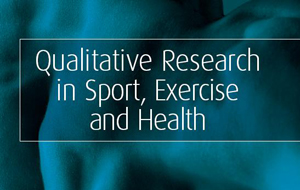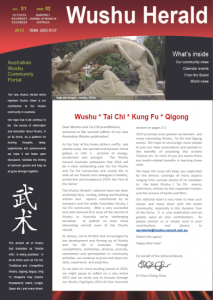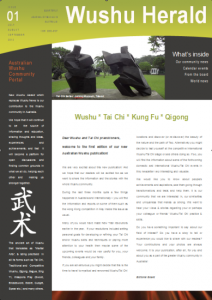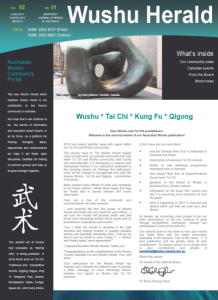Practising Bodily Attention, Cultivating Bodily Awareness – a Phenomenological Exploration of Tai Chi Practices
by Sara Kim Hjortborg and Susanne Ravn
Qualitative Research in Sport, Exercise and Health
(September 2019)
Abstract
Tai Chi (Taijiquan, T’ai Chi Ch’uan) is a martial arts form which aims at developing conscious awareness through the physical medium in specialised movement practices. In this article, we investigate how bodily attention is practised and might possibly affect the way the body is present to the bodily awareness of Tai Chi practitioners. The article draws on phenomenological clarifications of attention and awareness in an analysis of ethnographic fieldwork carried out during 10 months in two different Tai Chi practices, a) a modern sporting practice also known as Wushu Tai Chi, which is practised in China, and b) a traditional non-sporting practice in the Yang-style, Huang Sheng Shyan system, as it is practised in Denmark. The two types of Tai Chi practices differed in their execution of movements and practice aims. Nevertheless, both types are based on practices of bodily attention through the continuous and deliberate processes of engaging the moving body. Hence, despite the different ways of orchestrating bodily attention, bodily awareness was cultivated and opened up for a transition from a mediated body to an interconnected and unmediated awareness of the body as a whole. The present study has particularly expanded on perspectives of how athletes can assist and actively use bodily attention during skilled movement practices to improve and expand their movement expertise in their cultivation of bodily awareness.
Authors’ information:
 Sara Kim Hjortborg has a Master’s degree in Sports and Health from the department of Sports Science & Clinical Biomechanics, the Faculty of Health Sciences, University of Southern Denmark and is currently doing a PhD at the department of Cognitive Science at Macquarie University. Her research focuses on martial arts in relation to interdisciplinary research in phenomenology and qualitative research as well as philosophy and cognitive science.
Sara Kim Hjortborg has a Master’s degree in Sports and Health from the department of Sports Science & Clinical Biomechanics, the Faculty of Health Sciences, University of Southern Denmark and is currently doing a PhD at the department of Cognitive Science at Macquarie University. Her research focuses on martial arts in relation to interdisciplinary research in phenomenology and qualitative research as well as philosophy and cognitive science. Susanne Ravn is Associate professor and Head of the Research Unit Movement, Culture and Society at the Department of Sports Science and Clinical Biomechanics, University of Southern Denmark. Her doctoral work (2008) focuses on the phenomenological approaches to skilled movement in dance practice. She has published widely on the phenomenology of dance and on the integration of qualitative research methodologies into phenomenological analysis of different kinds of movement practices. Ravn has been the leading investigator on several funded research projects on topics such as improvisation; phenomenology and skilled performance in sport, respectively.
Susanne Ravn is Associate professor and Head of the Research Unit Movement, Culture and Society at the Department of Sports Science and Clinical Biomechanics, University of Southern Denmark. Her doctoral work (2008) focuses on the phenomenological approaches to skilled movement in dance practice. She has published widely on the phenomenology of dance and on the integration of qualitative research methodologies into phenomenological analysis of different kinds of movement practices. Ravn has been the leading investigator on several funded research projects on topics such as improvisation; phenomenology and skilled performance in sport, respectively.











